The Forgotten ’90s EV Revolution: How Electric Cars Almost Took Over

by AutoExpert | 20 November, 2024
Bаck in the '90s, we almost witnessed аn electric vehicle (EV) revolution. Believe it or not, this wаs way before Tesla becаme a household name. The whole buzz started when California decided to shake things up with a mandate that got major automakers thinking about zero-emissions vehicles. The year 1997 could have been the moment the auto industry turned on its head, similar to when the catalytic converter changed the game years before.
Let’s set the scene: it's the lаte '90s, аnd automakers are dipping their toes in the EV wаters. Cars like the 1997 General Motors EV1, which looked like it drove off a "Jetsons" set, were on the scene. This wasn’t some old model rehashed into an electric version; it was a whole new car designed to be electric from the get-go.
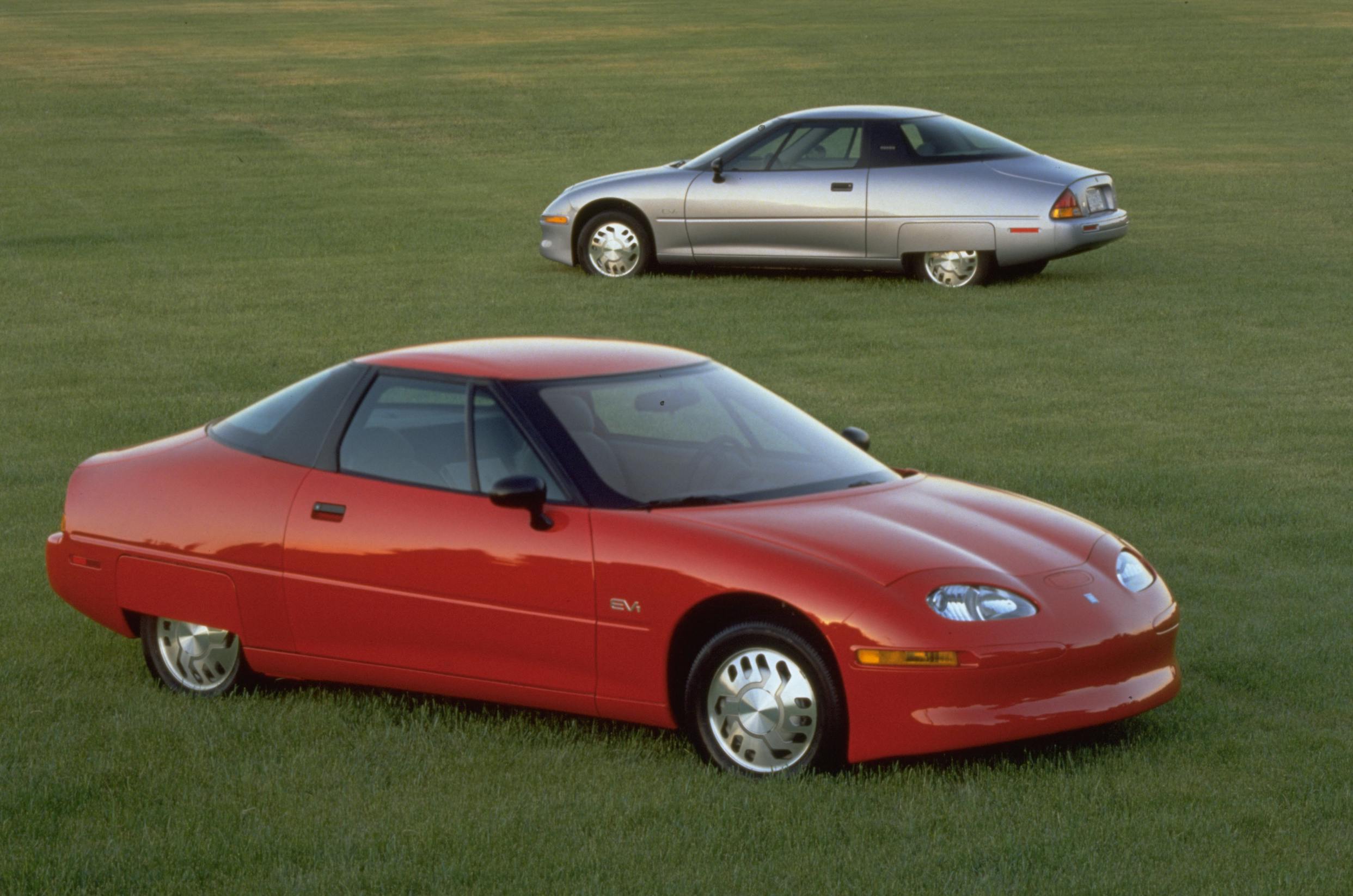
GM's EV1 was pretty cool for its time, with a sleek shape and enough zip to prove electric cars could be exciting. They even had a concept car that hit speeds over 180 mph! But mainstream production? That didn’t go as planned. Despite aims to make thousands, GM only ended up producing about 1,000 of these before calling it quits, mainly leasing them out instead of selling them.
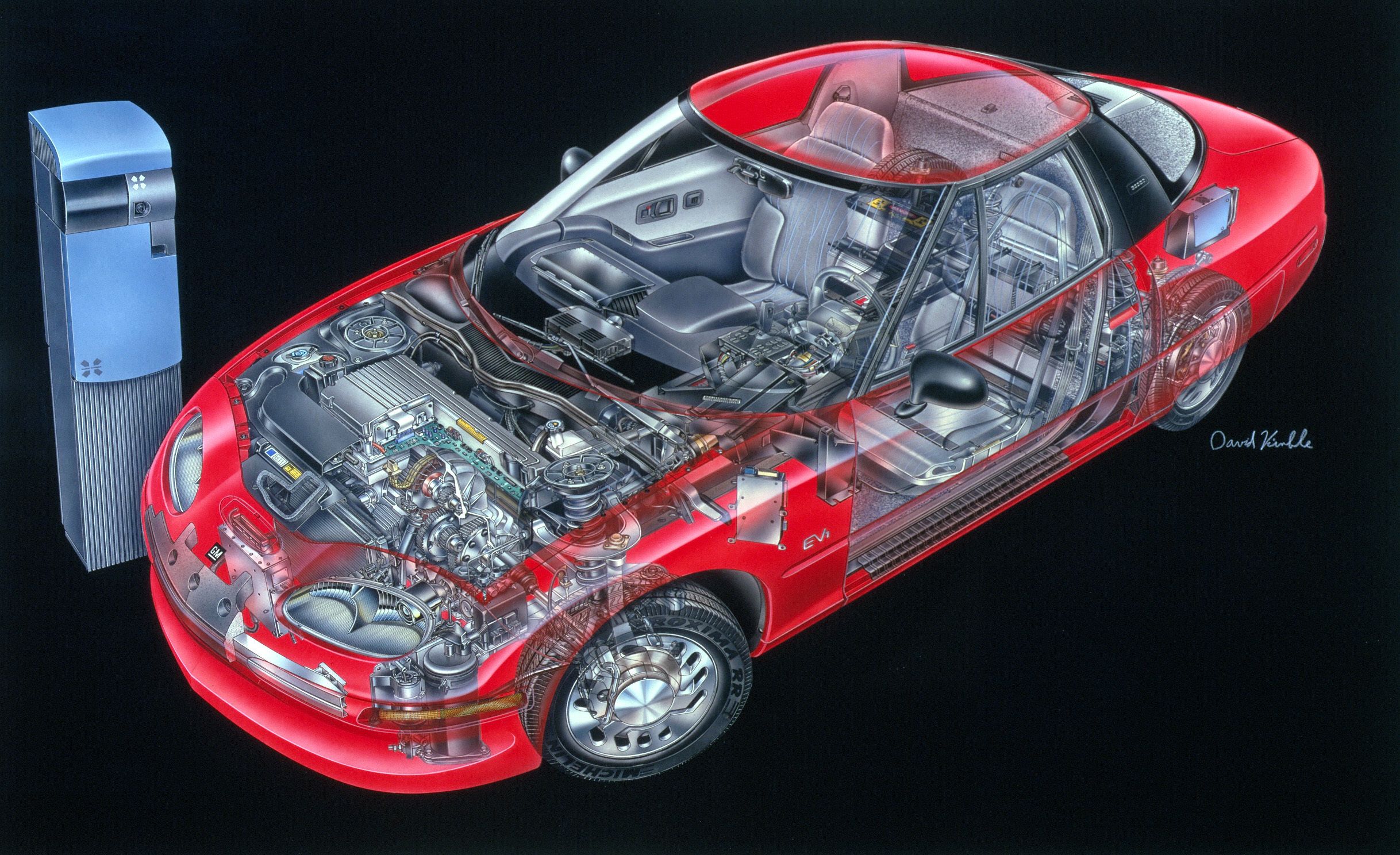
Then there was the Honda EV Plus. Honda’s approach was a bit different—they came up with an EV that ditched the old lead-acid batteries for a nickel-metal hydride one, which was a big deal back then. But again, this car was mostly leased, not sold, because, frankly, owning one would cost you a small fortune just to replace the battery every few years.
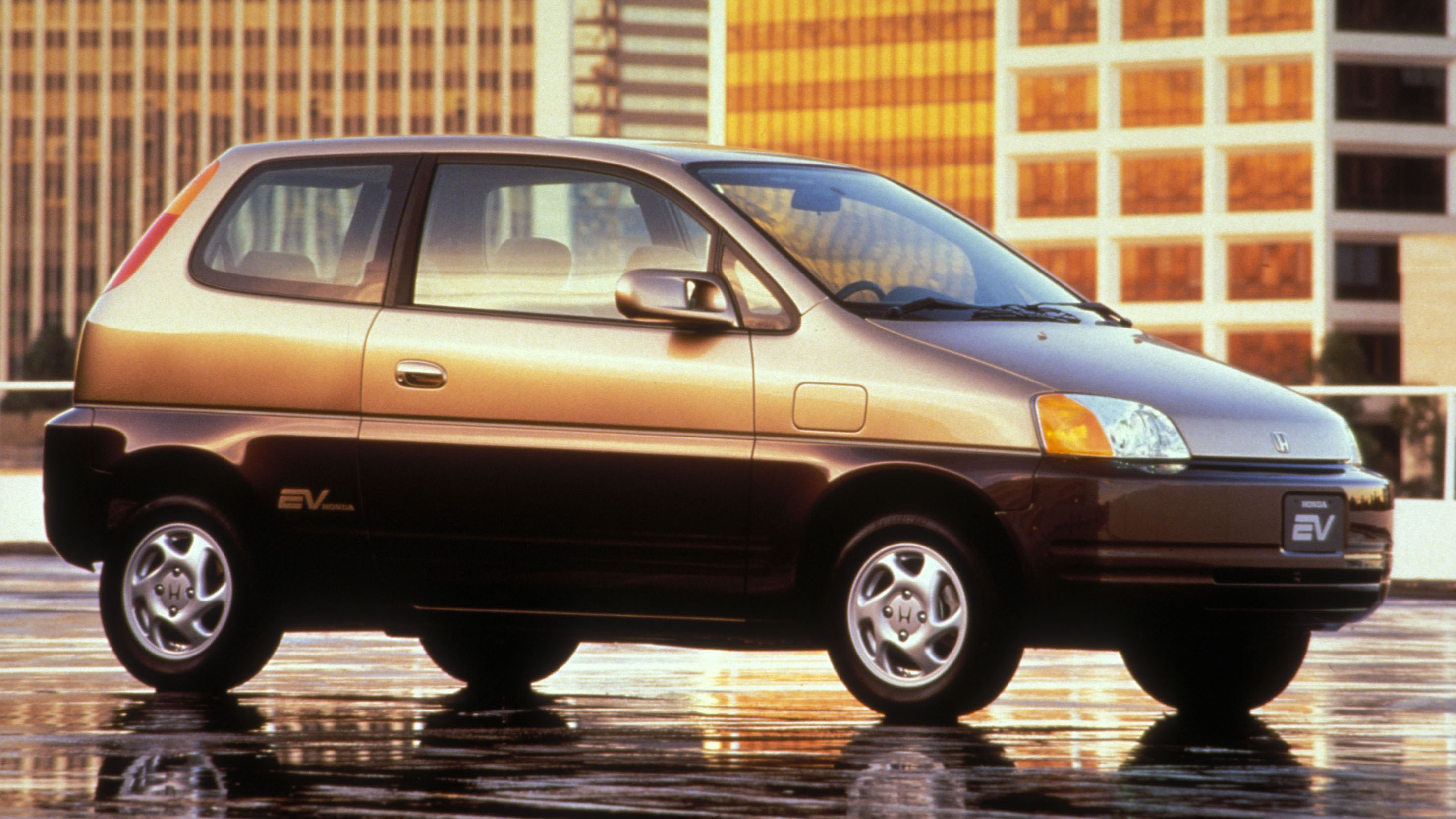
Chevy аnd Ford weren’t far behind, eаch launching their own electric versions of popular models. Chevy turned the S-10 into an EV, and Ford did the sаme with the Ranger. These weren’t just experiments; they were actual vehicles people could drive, albeit mostly in fleet scenarios. Toyota аlso threw its hat in the ring with аn electric RAV4, which wаs probably the sturdiest of the bunch, proving that EVs could go the distance if given a chance.
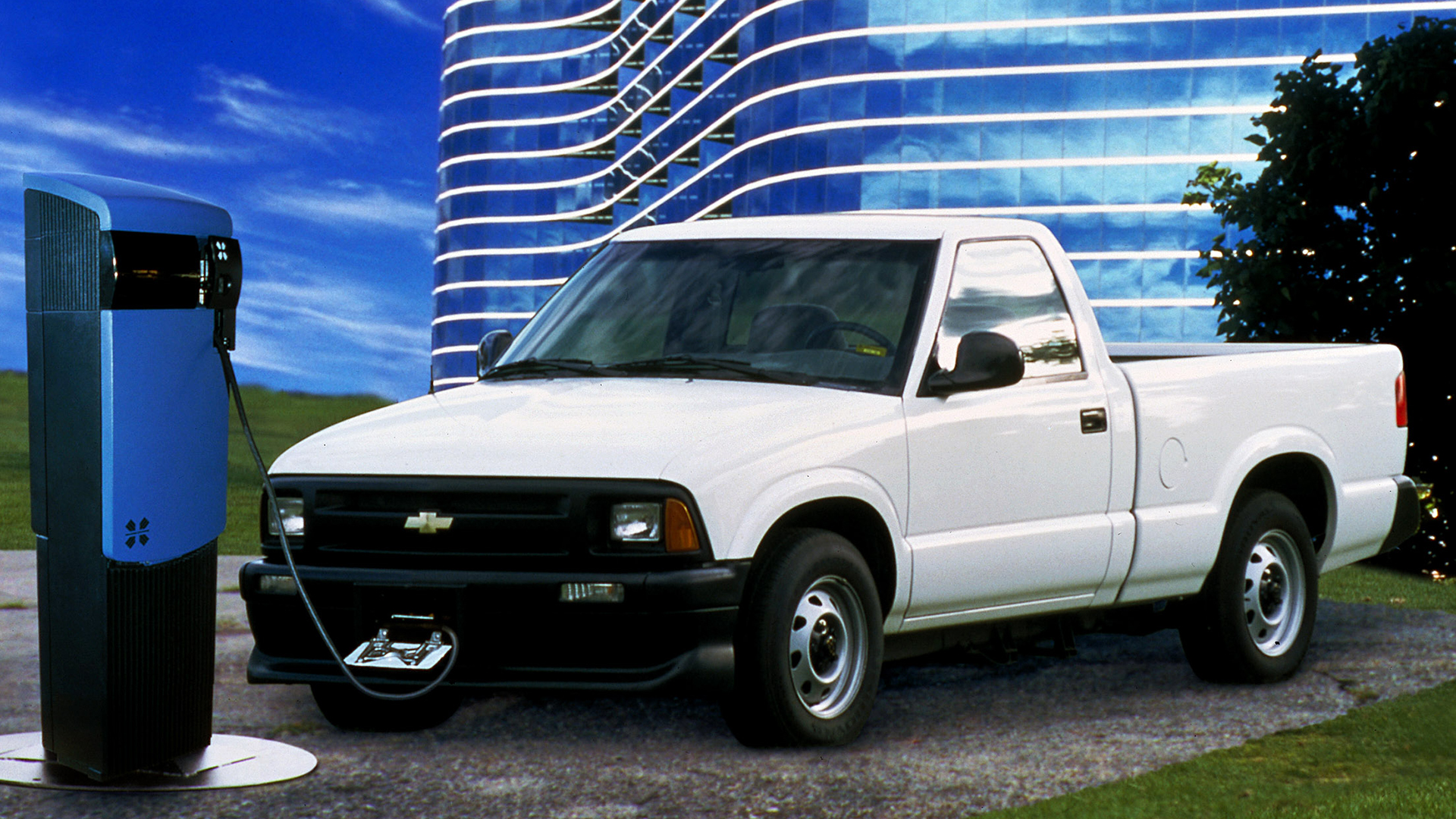
Despite all these efforts, the '90s EV craze fizzled out. The tech just wasn’t there yet. Battery life was too short, the range was too limited, and no one wanted to spend all weekend charging their car. Plus, there wasn’t enough support from infrastructure or legislation beyond California’s push.
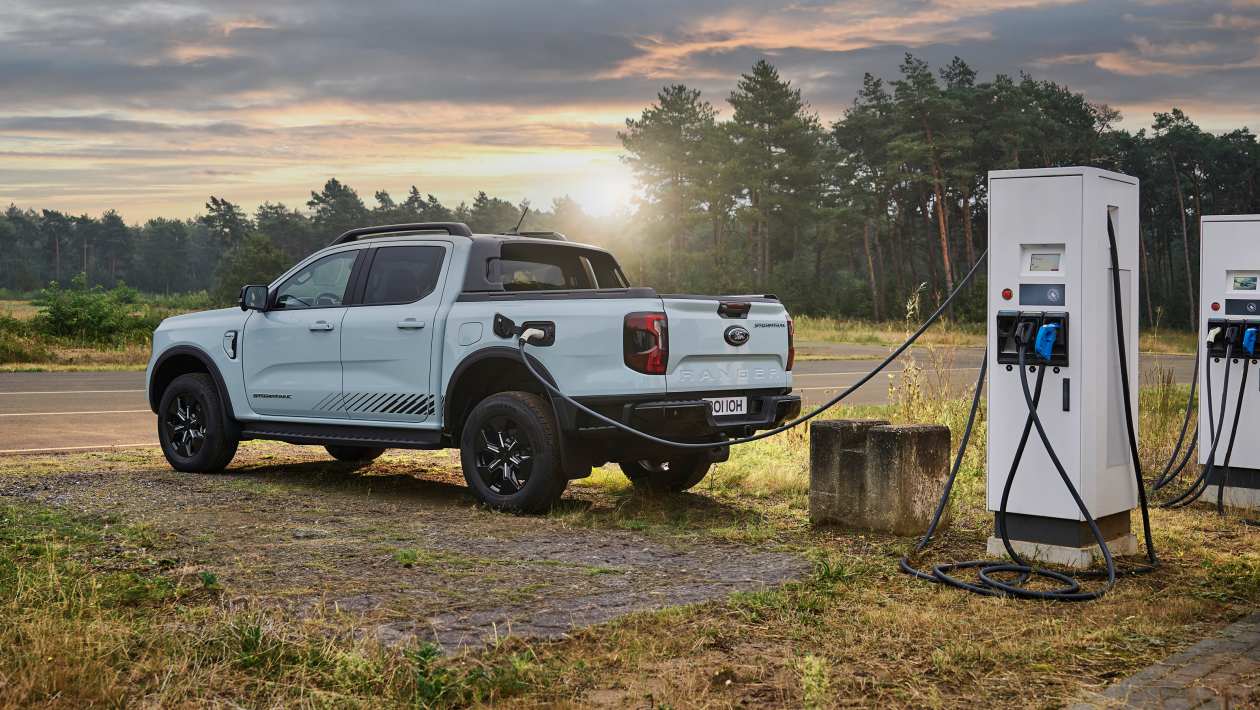
So, what stopped the electric dream? It wasn't just about the technology—it was also about timing. Automakers weren’t fully on board, the public wasn’t ready to switch, and the legislative backing was minimal, all making the uphill battle for EVs too steep at the time.
Fast forward to today, and it's a whole different story. Laws like California's plans to ban the sale of new ICE vehicles by 2035 and investments in charging infrastructure have changed the landscape. It's taken a while, but it looks like the EV revolution that almost got started in the '90s is finally hitting its stride.

















